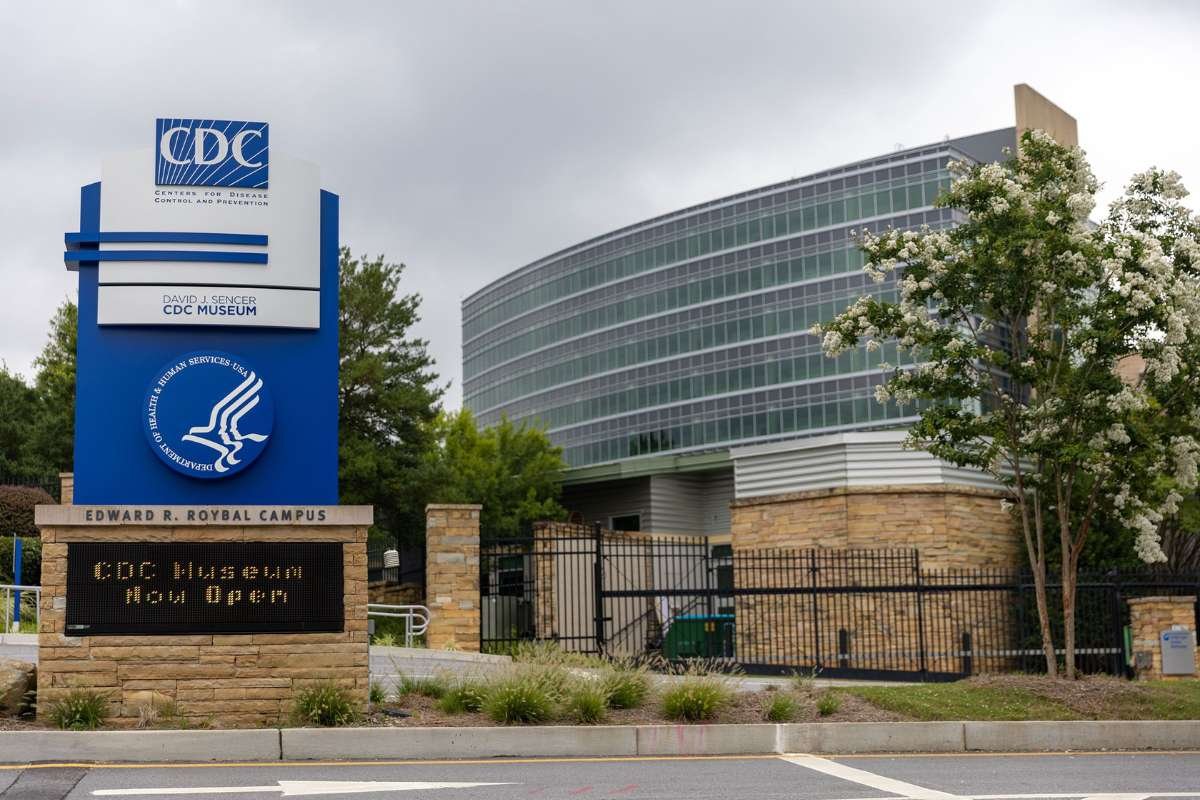Uncovering the Complexity of Exercise Effects
Recent research conducted by a team of scientists from various institutions across the United States has unveiled a deeper understanding of the body’s response to exercise. Unlike previous studies focusing on singular organs or specific data types, this study delved into the intricate cellular and molecular changes occurring across 19 organs in rats subjected to weeks of intense physical activity. Published in Nature, the study sheds light on the comprehensive biological mechanisms underlying the health benefits of exercise.
Insights into Molecular Adaptations
The Molecular Transducers of Physical Activity Consortium (MoTrPAC) utilized an array of techniques to analyze tissue samples from rats, including the heart, brain, and lungs. Remarkably, the study revealed significant molecular alterations in all examined organs, impacting various physiological processes such as immune regulation, stress response, and inflammation control. These findings provide valuable insights into potential therapeutic targets for conditions like non-alcoholic fatty liver disease, offering new avenues for treatment development.
Collaborative Efforts and Future Directions
Conducting such a large-scale study required extensive coordination among multiple laboratories involved in sample collection and analysis. Through meticulous planning and collaboration, the research team performed nearly 10,000 assays, generating approximately 15 million measurements across blood and solid tissues. The study identified sex-specific differences in immune responses and uncovered tissue-specific molecular adaptations to exercise. Moreover, the research has paved the way for future investigations, including human studies to track the molecular effects of exercise and clinical trials exploring the impacts of endurance and resistance training on diverse populations.
In conclusion, this groundbreaking study represents a significant milestone in understanding the intricate molecular responses to exercise, offering promising avenues for personalized exercise interventions and novel therapeutic strategies for various health conditions.








